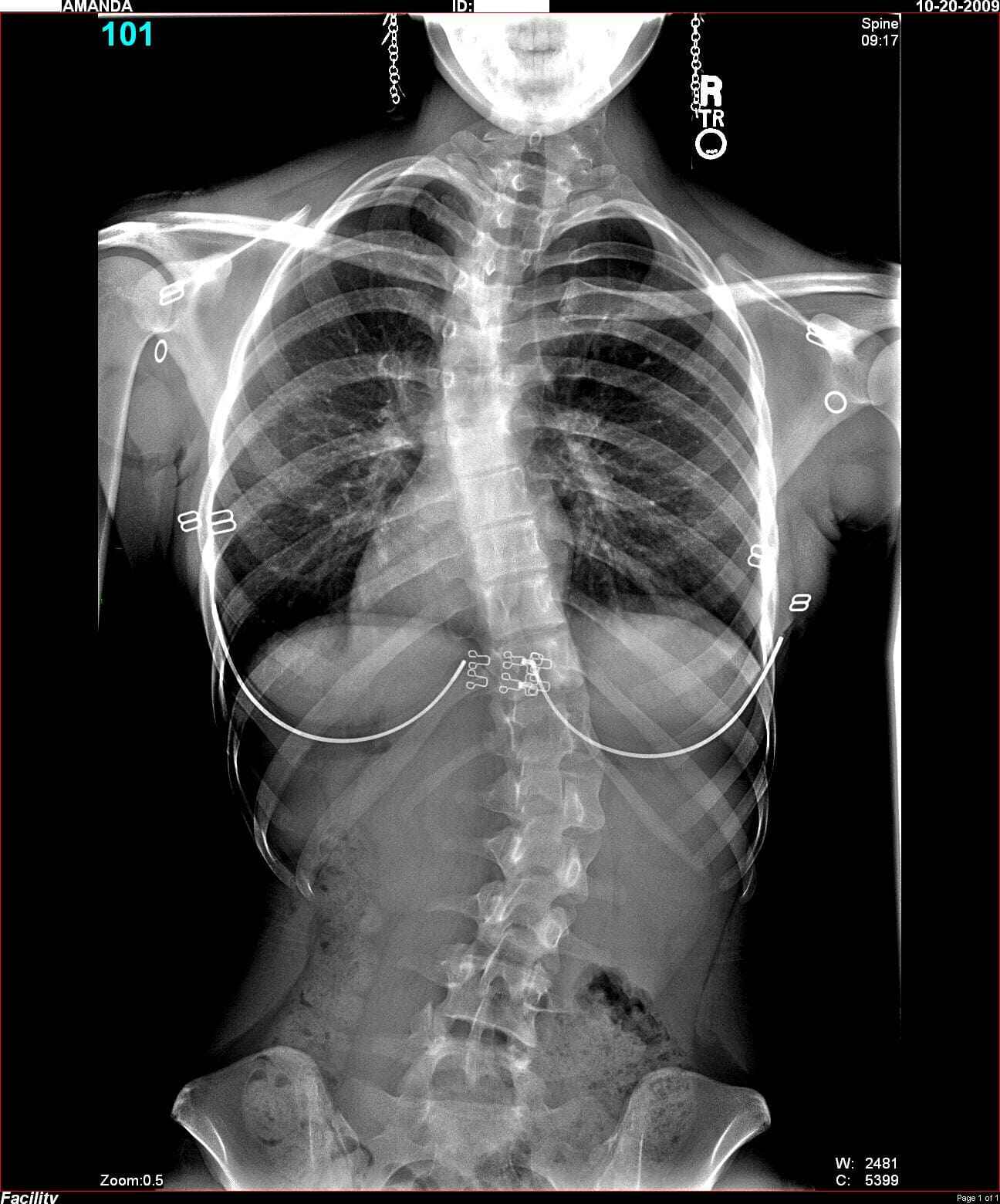
With a prevalence of 1.34%, adolescent idiopathic scoliosis (AIS) is the most common spinal deformity, though the percentage of the population requiring treatment is significantly lower. Due to a variety of factors, India is home to a significant number of cases of spinal deformities. Consanguinity, accidents, social violence, malnutrition, tuberculosis, post-polio complications, and congenital problems are the leading causes. The exact cause of AIS is unknown, but hormonal, biomechanical, anthropometric, metabolic, growth and neuro- muscular abnormalities are all potential contributors to the disease. Insufficient Screening Experts in scoliosis stress the importance of screening children for the disease at an early age, but doing so is difficult in India. Scoliosis, a congenital spinal curvature, can be detected on imaging tests like X-rays, MRIs, and CT scans. Dr Saravanan Muniasamy, pediatrician and head of Rio Children’s Hospital in Madurai, said: “Though congenital scoliosis is often detected, it is not part of our national new born screening program or included in our routine check- ups for children.” If left untreated, many of these children go on to develop grotesque deformities which in addition to being disfiguring, can compromise the function of the lungs and the heart. With early recognition, these spinal deformities can be surgically corrected without significant risks. However, when children present late with severe deformities, the surgical risks increase and in cases with heart and lung dysfunction, surgery may not be possible. In addition, it may not be possible to straighten the spine completely. At least five million people in India, or about 0.4 per cent of the population, have scoliosis. Most of it goes untreated Therefore, it is often diagnosed when the curvature of the spine is already noticeable and severe. The slow degeneration of spinal discs typically causes scoliosis in adults. Scoliosis is often caused by neuromuscular weakness, which can result from an infection or disease other than the primary cause. Dr Rajasekaran warned of the potential for many ancillary problems to arise in such a scenario, including decreased physical activity, increased blood pressure, and a decreased lung capacity. Straightening The Curve Even though idiopathic scoliosis can appear at any age, it most commonly affects those between the ages of 8 and 12, when it is known as adolescent scoliosis, and between the ages of 10 and 14, when it is known as juvenile scoliosis. Scoliosis patients, particularly those in the adolescent years, “need to be monitored closely during this phase,” when children experience a growth spurt, according to Dr Rajasekaran. Checking the curve’s progression with regular X-rays is suggested. There is a chance that the child will need surgery on his spine when they are an adult if the condition worsens. However, further spine curvature can be avoided if a scoliosis brace is used as soon as the disease is detected. Treatment Cost A scoliosis brace resembles a rigid plastic jacket worn around the chest, under the arms, and down to the hips. Straps secure it in place and aid in spine alignment. Braces in India can cost anywhere from Rs 15,000 to Rs 20,000, making them prohibitively expensive for the country’s citizens.
27 Oct 2022
Eesha Javadekar